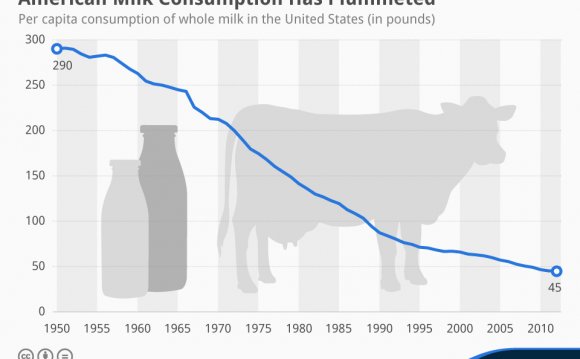Approximately 150 million households around the globe are engaged in milk production. In most developing countries, milk is produced by smallholders, and milk production contributes to household livelihoods, food security and nutrition. Milk provides relatively quick returns for small-scale producers and is an important source of cash income.
In recent decades, developing countries have increased their share in global dairy production. This growth is mostly the result of an increase in numbers of producing animals rather than a rise in productivity per head. In many developing countries, dairy productivity is constrained by poor-quality feed resources, diseases, limited access to markets and services (e.g., health, credit and training) and dairy animals’ low genetic potential for milk production. Unlike developed countries, many developing countries have hot and/or humid climates that are unfavourable for dairying.
Some countries in the developing world have a long tradition of milk production, and milk or its products have an important role in the diet. Other countries have established significant dairy production only recently. Most of the former countries are located in the Mediterranean and Near East, the Indian subcontinent, the savannah regions of West Africa, the highlands of East Africa and parts of South and Central America. Countries without a long tradition of dairy production are in Southeast Asia (including China) and tropical regions with high ambient temperatures and/or humidity.
- In the last three decades, world milk production has increased by more than 50 percent, from 482 million tonnes in 1982 to 754 million tonnes in 2012.
- India is the world’s largest milk producer, with 16 percent of global production, followed by the United States of America, China, Pakistan and Brazil.
- Since the 1970s, most of the expansion in milk production has been in South Asia, which is the main driver of milk production growth in the developing world.
- Milk production in Africa is growing more slowly than in other developing regions, because of poverty and – in some countries – adverse climatic conditions.
- The countries with the highest milk surpluses are New Zealand, the United States of America, Germany, France, Australia and Ireland.
- The countries with the highest milk deficits are China, Italy, the Russian Federation, Mexico, Algeria and Indonesia.
The information presented in this section of the Gateway was drawn from FAO publications and the following sources:
Faye, B. & Konuspayeva, G. 2012. The sustainability challenge to the dairy sector– The growing importance of non-cattle milk production worldwide. International Dairy Journal, 24 (2): 50-56.
Owen, E., Kitalyi, A., Jayasuriya, N., & Smith, T. 2005. Livestock and wealth creation: improving the husbandry of animals kept by resource-poor people in developing countries. Nottingham, Nottingham University Press.
Park, Y.W. & Haenlein, G.F.W., eds. 2006. Handbook of milk of non-bovine mammals. Iowa, USA, Blackwell Publishing.
World Bank. 2011. Module 4- Smallholder dairy production. Agriculture Investment Sourcebook, April 2013 (available at: ).







